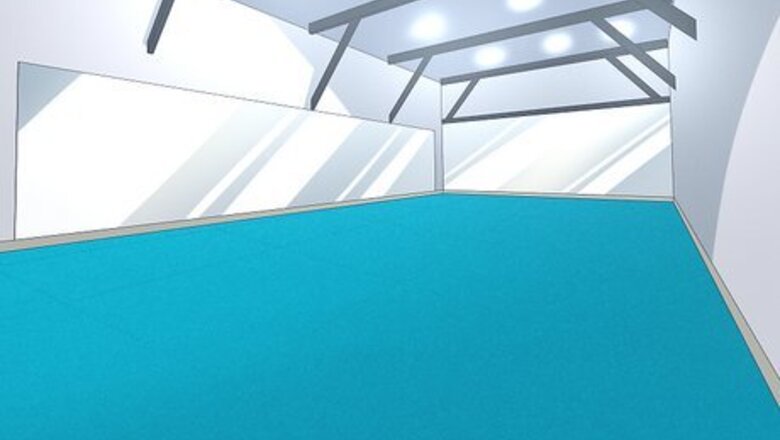
views
Zempo Ukemi (Front Roll)
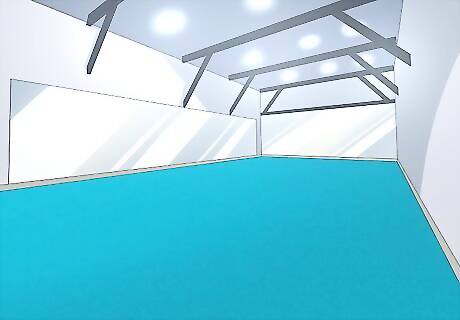
Practice on a padded surface when learning zempo ukemi. A padded surface is recommended when learning any roll. Rolling improperly could put dangerous pressure on your back and cause a serious injury. Floor pads or mats can be bought at most sports stores. If you don’t have pads, or if they’re a little outside your price range, practice rolling on a soft patch of ground, like on the grass of your front lawn.
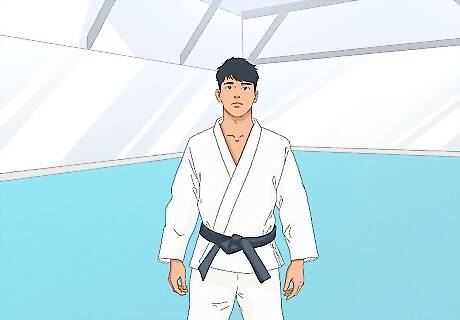
Adopt a neutral stance. Your feet should be roughly shoulder width apart. Your body should be relaxed, your shoulders back, and your spine straight. Keep your hands at ease and by your sides. Looking good! Now you're ready to lead into the roll. You may need to pull up your pants a little bit so your feet are free and in full-contact with the floor. Where clothing is concerned, choose something that allows a free range of motion without putting you at risk of tripping or getting tangled.
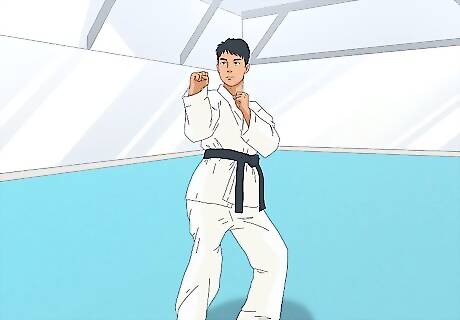
Lead with your dominant hand and same-side foot. Take a full step forward with the same-side foot as your dominant hand. Keep your other foot stationery as you do. Lean forward into the step, and brace yourself with your dominant hand to prevent yourself from falling over. For instance, if your right hand is the dominant one, then lead with it and your right foot. When bracing yourself, your dominant hand should be in line with your forward foot. Your body will be bent at the waist. Your rear foot will be about three-quarters off the floor, with only the forefoot still touching. Especially while you’re getting used to this motion, you may need to add a little extra support with your non-dominant hand.

Reach for your opposite-side leg with your dominant hand. This motion will feel like you are reaching diagonally down across the front of your body. As you reach, your body will continue to tip forward until the shoulder of your dominant hand meets the floor. Once you’ve mastered zempo ukemi, this reaching motion should be used to sweep the ground leading into the roll. This habit will sweep dangerous debris out of the way.
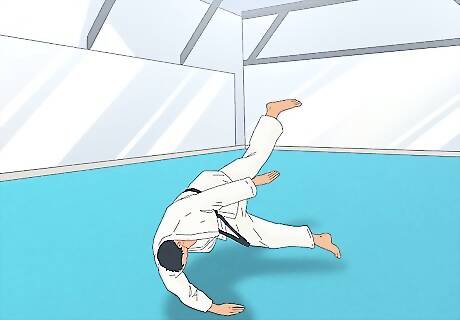
Roll from your dominant hand’s shoulder to the opposite-side hip. Follow through with the reaching motion. As you do, the floor will come in contact with your back diagonally from your dominant hand’s shoulder to the opposite-side hip. Slap your hand against the ground when you reach your hip. Slapping the ground going into or coming out of a roll is a distinct feature of Jiu Jitsu ukemi. This is intended to decrease the damaging force of impact. When getting the hang of zempo ukemi, it’s common for beginners to stall out at the start of the roll. In these cases, give a little push with your back foot to rock yourself forward.
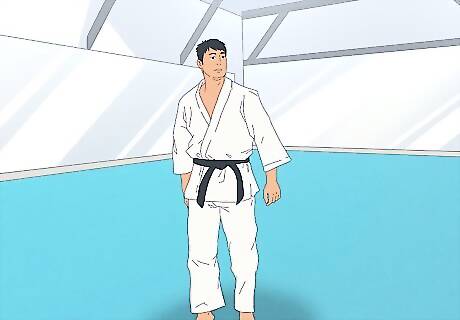
Stand and return to a neutral stance. Your trailing leg should be kept mostly straight throughout the roll. In the beginning, your balance will likely be poor, so stop the roll while still on the ground. When your balance improves, follow the momentum of the roll and rise to your feet.
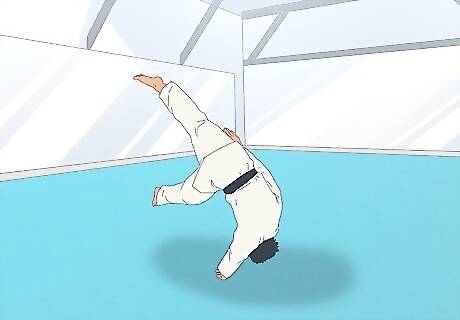
Practice zempo ukemi leading with your non-dominant side. The same motion used to roll on your dominant side is used for the non-dominant, just in reverse. Generally, your non-dominant side will be more difficult to learn, so be patient with yourself while practicing.
Ushiro Ukemi (Back Roll)

Sit on the floor and tuck a knee to your chest. Sit on the floor with your back straight and your legs stretched flat in front of you. Draw one knee to your chest while keeping your other leg in position, then cross your arms over your chest.
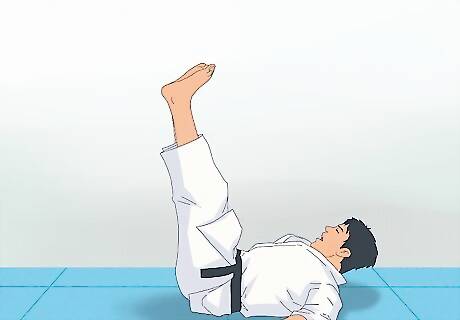
Practice using your hands to absorb impact in a half roll. Tuck your chin downwards and raise your extended leg upwards towards the opposite shoulder. Use your arms to slap the ground and halt your roll at about your upper back. Nicely done, next you'll complete the back roll. You should feel a similar path of motion in ushiro ukemi as zempo ukemi: it will travel diagonally from hip to the opposite shoulder.
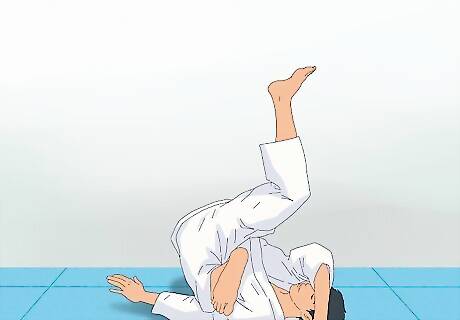
Perform a full back roll. Tuck your chin down and tilt your head in the direction of your extended leg so there is no harmful pressure on your neck as you roll. Raise your extended leg up and over the opposite-side shoulder. Keep this leg straight as you roll. Sometimes, it can be difficult to get the backwards roll started. You may need to rock yourself forward slightly to build up momentum. Remember to slap the ground with your hands when the roll reaches about your upper-back to reduce the force of impact.
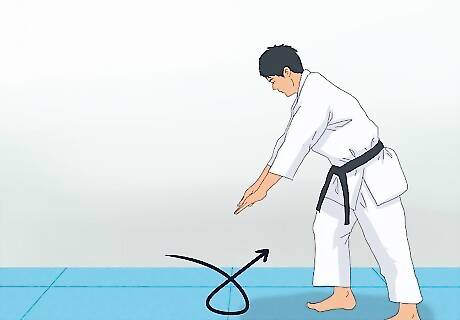
Rise into a neutral stance. As you roll over your upper back into the finish, use your hands to push your upper body away from the ground and into an upright position. Your extended leg, which has remained straight this entire time, should sweep around in front of you. Rise back into the neutral position. Take your time rising, especially when first getting the hang of this roll. Rolling backwards can be quite dizzying!
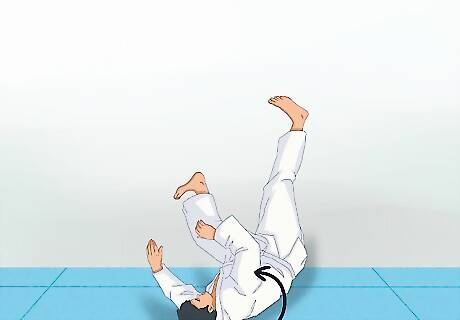
Practice from a standing position. Putting everything together can be quite difficult. The feeling of ushiro ukemi is almost like sitting down, but where you’d normally stop to take a seat, follow the momentum and lift your extended leg over the opposite-side shoulder. Because performing this roll improperly could result in back injury, it should be mastered completely before you attempt it from a standing position.
Sokuho Ukemi (Side Roll)
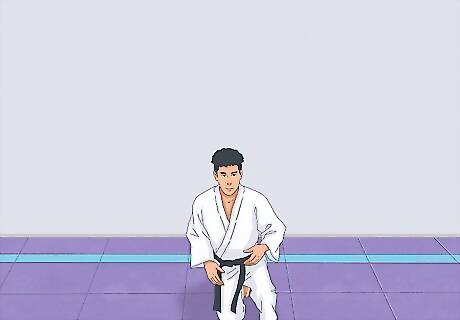
Kneel on the floor with one knee while keeping the other raised. Keep your kneeling leg at the ready and fully extended except for where it bends at the knee. Point your non-kneeling leg directly off to the side to form roughly a 90° angle (L-shape) with the part of your leg extending behind you. Sokuho ukemi is the same on both sides, only mirrored. Generally, you should start with the side you feel most comfortable with.
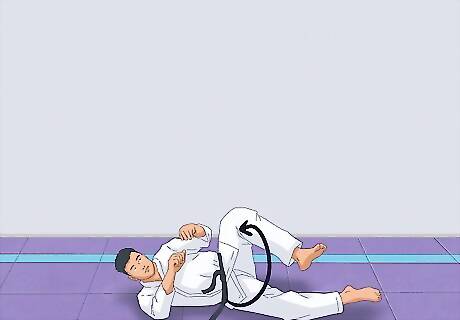
Roll from hip to shoulder. Position the same-side arm in front of your kneeling leg. Your opposite-side arm should be kept in the area in front of your non-kneeling leg for balance. Reach straight to the opposite-side with the arm in front of your kneeling leg to initiate the roll. As you reach with your arm, your shoulder will tuck inwards towards the floor. Same as zempo and ushiro ukemi, roll diagonally from that shoulder to the opposite hip.
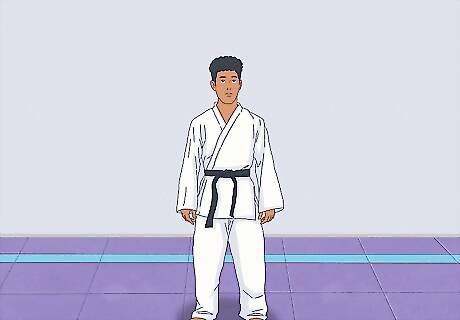
Return to the neutral position. As you roll through the diagonal, stop yourself by striking the mats with your hand. Felt a little awkward, didn't it? Don't worry, it's common to struggle with the side roll. Oftentimes it's the last roll taught because of its difficult mechanics. Not only will slapping the mats lessen impact, if you’ve rolled quickly to evade a blow, this reflex will help you from rolling too far or rolling out of control.
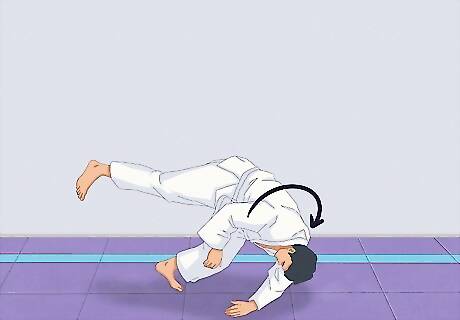
Practice both sides. While practicing, it’s likely you’ll discover one side is easier than the other. This is normal, though you should spend some extra practice on your weak side so you’re equally skillful at rolling to either side. You never know which direction danger will come from. Being able to roll to either side could be the difference between taking a hit and evading damage.
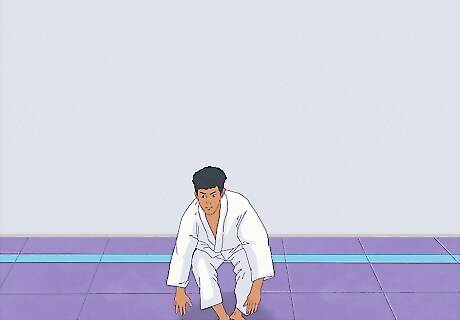
Sit into the roll from a standing position. You’ll want to be confident in your sokuho ukemi before trying it from the standing position. Much like ushiro ukemi, this motion will feel like a lot like sitting down. Follow the momentum so it continues across the middle of the back to the opposite hip. It may make this motion easier if you think it as rolling up your straight leg to your hip, then moving from the hip to the opposite shoulder.
















Comments
0 comment